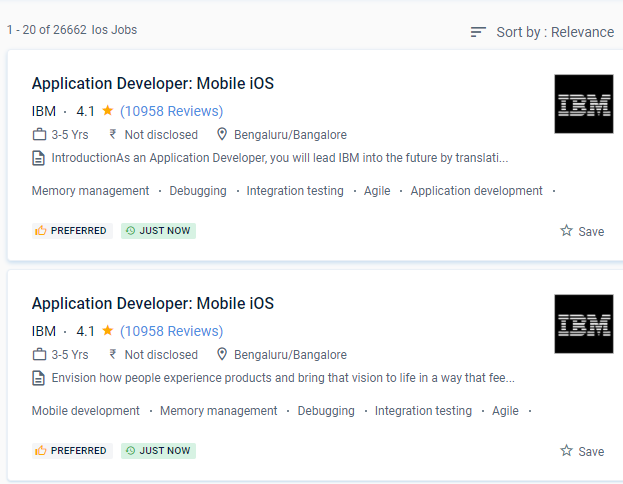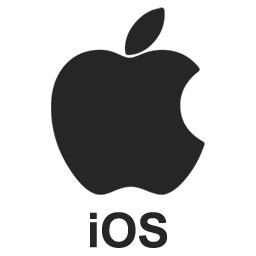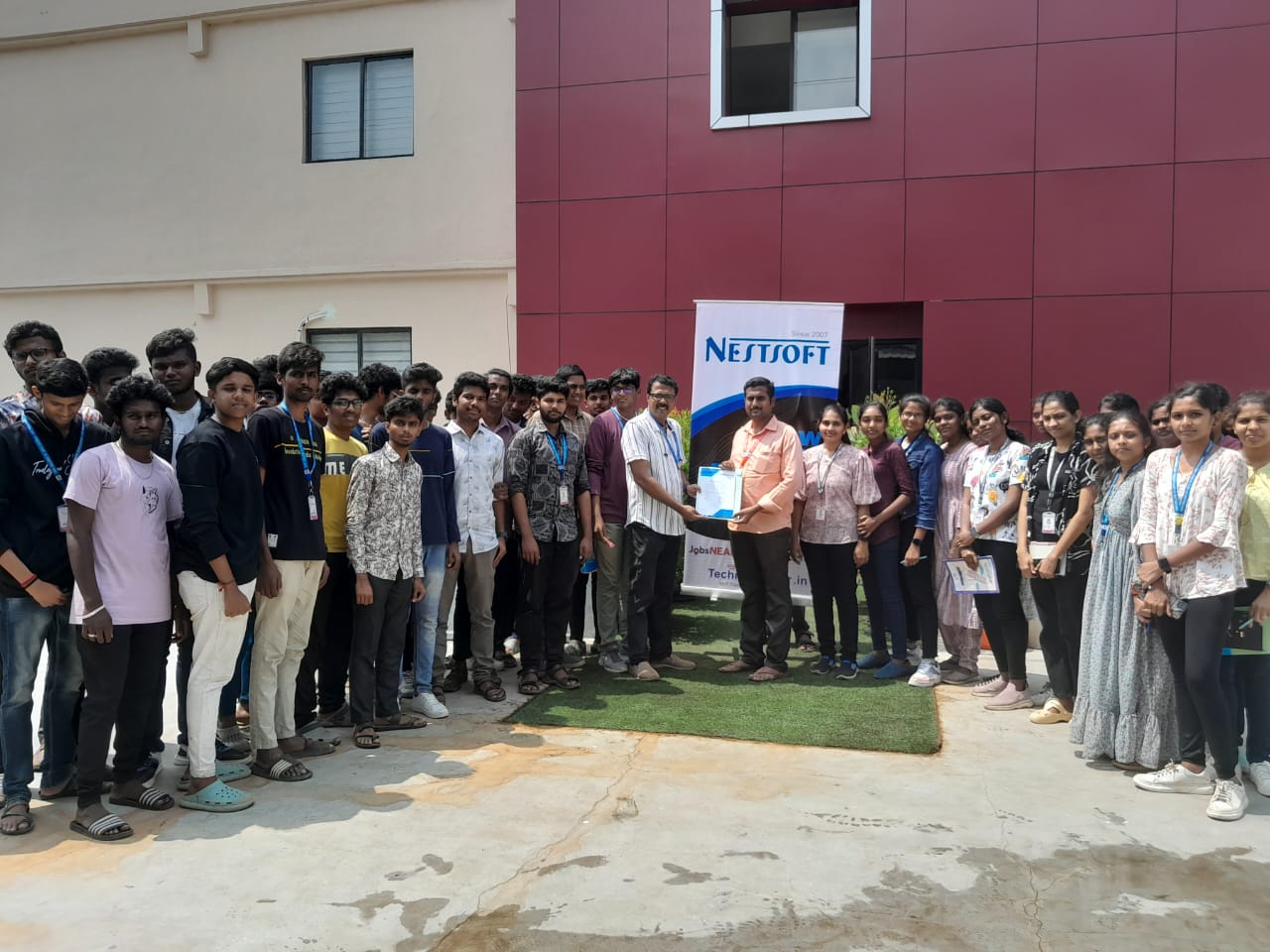iOS Training by Experts
Our Training Process

iOS - Syllabus, Fees & Duration
-
iOS Development Environment
- Introduction to iOS SDK
- What’s new in iOS9
- SDK Tools
- What’s new in Xcode7
- Using XCode
- Using Interface Builder
- Using iPhone Simulator
-
Swift Language Basics
- Core Data Types
- String Type
- Tuples & Optional
- Constants & Variables
- Statements & Operators
- Control Flow & Decisions
- Functions
-
Basic Object Oriented Programming using Swift
- Structs
- Types versus instances
- Member and static methods
- Custom initialization & De-initialization
- Classes
- Initialization
- Methods
- Properties
-
Advanced Object Oriented Programming using Swift
- Optional
- Introducing optional
- Unwrapping an optional
- Optional binding
- Nested Types
- Generic Types
- Protocol
- Optional
-
Memory Management
- Reference Counting Basics
- Automatic Reference Count
- Retain Cycles
-
iPhone Application Basics
- Anatomy of an iPhone application
- Application Lifecycle and States
-
User Interface Programming– Basics
- UI Kit Framework
- XIB and Interface Builder
- Window & View
- Basic User Controls
- Labels, Text Fields, Buttons, Sliders, Picker etc.
- Building application screens
- Alerts and Action Sheets
-
Auto-layout and Constraints
-
View Controllers
- Basics
- Creating View Controllers
- Content vs Container View Controllers
- Orientation Management
-
User Interface– Special Views
- Image View
- Scroll View
- Table Views
- Populating and configuring Table View
- Data Source and Delegate
- Table View Cells
- Custom Cells
- Editing Table View
- Collection View
-
Multiple View Controllers
- Applications with Multiple Views
- Presenting View Controllers
- Animating View Switching
-
Storyboards
- Storyboard File
- View Controller and Scene
- Segue
- Invoking a Segue
- XIB and Storyboards
- Table View Cell Prototype
-
Multi Touch and Gestures API
-
Data Persistence - 1
- File System
- SQLite
-
Data Persistence - 2
- Core Data
- NS User Defaults
-
Concurrency and Background Execution
- GCD and Closures
- NS Operation and NS Operation Queue
- Background execution
-
Networking, Connectivity
-
Multimedia
This syllabus is not final and can be customized as per needs/updates





 You are a brilliant app developer because of your extensive expertise and constant monitoring. The ultimate effect is that practically every piece of software on the Apple store performs flawlessly.
We are the best coaching institute in an area that provides certification-focused IOS training. Learning iOS App Development is quite simple if you have a strong desire to do so. iOS is a mobile operating system developed by Apple specifically for its iPhone and iPad devices.
. We designed our curriculum to align with real-world requirements at all levels, from beginner to advance. Because of the unique features and support it provides to its clients, Apple iOS has maintained its dominance in the smartphone sector. Although it was the first mobile operating system to be published, it only supported Apple's devices, which had a significant impact on the number of users. Start-ups and small enterprises looking for a quick return on their investment can explore iOS Application Development.
You are a brilliant app developer because of your extensive expertise and constant monitoring. The ultimate effect is that practically every piece of software on the Apple store performs flawlessly.
We are the best coaching institute in an area that provides certification-focused IOS training. Learning iOS App Development is quite simple if you have a strong desire to do so. iOS is a mobile operating system developed by Apple specifically for its iPhone and iPad devices.
. We designed our curriculum to align with real-world requirements at all levels, from beginner to advance. Because of the unique features and support it provides to its clients, Apple iOS has maintained its dominance in the smartphone sector. Although it was the first mobile operating system to be published, it only supported Apple's devices, which had a significant impact on the number of users. Start-ups and small enterprises looking for a quick return on their investment can explore iOS Application Development.



















































































